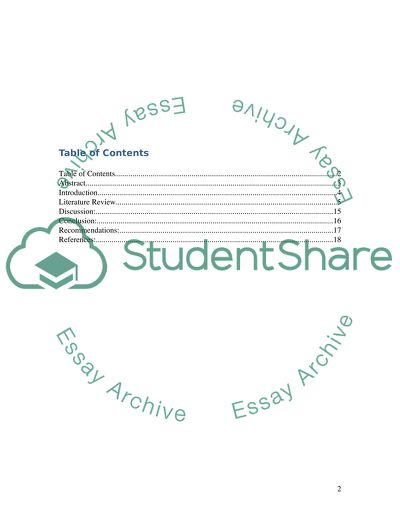Cite this document
(“Learning Disability: A positivist study to explore which behavioral Dissertation”, n.d.)
Retrieved from https://studentshare.org/family-consumer-science/1406311-learning-disability-a-positivist-study-to-explore-which-behavioral-and-developmental-interventions-work-best-in-addressing-the-needs-of-children-with-autism-spectrum
Retrieved from https://studentshare.org/family-consumer-science/1406311-learning-disability-a-positivist-study-to-explore-which-behavioral-and-developmental-interventions-work-best-in-addressing-the-needs-of-children-with-autism-spectrum
(Learning Disability: A Positivist Study to Explore Which Behavioral Dissertation)
https://studentshare.org/family-consumer-science/1406311-learning-disability-a-positivist-study-to-explore-which-behavioral-and-developmental-interventions-work-best-in-addressing-the-needs-of-children-with-autism-spectrum.
https://studentshare.org/family-consumer-science/1406311-learning-disability-a-positivist-study-to-explore-which-behavioral-and-developmental-interventions-work-best-in-addressing-the-needs-of-children-with-autism-spectrum.
“Learning Disability: A Positivist Study to Explore Which Behavioral Dissertation”, n.d. https://studentshare.org/family-consumer-science/1406311-learning-disability-a-positivist-study-to-explore-which-behavioral-and-developmental-interventions-work-best-in-addressing-the-needs-of-children-with-autism-spectrum.


